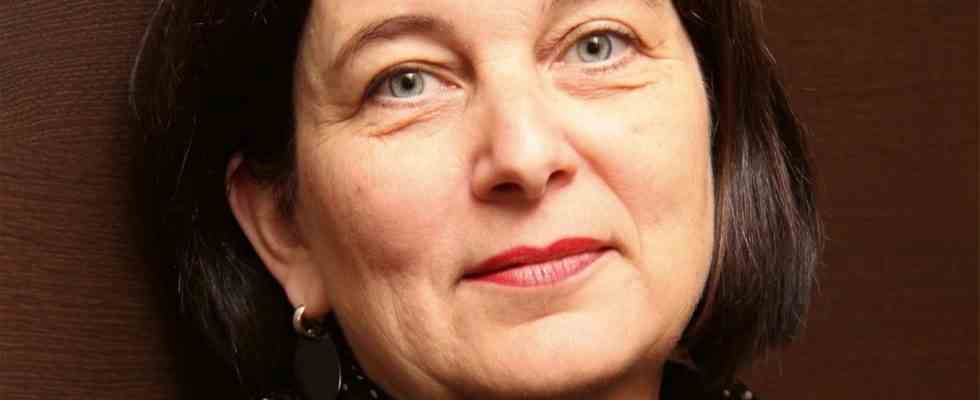Andreas Bichel is an eloquent man. Most in Regendorf, a town near Regensburg, appreciate the affable cattle dealer who doesn’t cheat anyone. “He has the jovial manner of those who always had more than enough to live on.” Nobody knows anything bad to say about him. Then young women disappear. First Catherine, then Barbara. Both were last seen at the Bichelhof. One’s sisters and the other’s parents become suspicious. But it is not easy to prove something to a wealthy, articulate farmer.
With her new novel “Der Erdspiegel” Andrea Maria Schenkel is returning to her roots. The story is again based on a historical criminal case. Like “Tannöd”, her idiosyncratic first book, which the author catapulted into the bestseller lists in one fell swoop in 2006. The novel about Hinterkaifeck’s sixfold murder, which remains unsolved to this day, sold more than a million copies, received numerous awards, was translated into 20 languages and made into a film. Although she also conceived and wrote her following works – “Kalteis”, “Bunker”, “Finsterau” and “Täuscher” – in a similar way, none of them could build on the success of her first work, even if “Kalteis” (2007) thighs again the German won a crime prize. In 2016 she gave up the genre of the historical detective novel for the first time and wrote “When Love Was Finally”, the story of the German emigrant couple Carl and Emma, who met in the USA after the war. Since then there has been silence.
Role model for Jack the Ripper?
With the “Erdspiegel” she returns to her ancestral territory. She became aware of the case by chance in the archive New York Times, when she was researching crimes committed by serial killers – the native of Regensburg now not only lives in her hometown, but also in a suburb of New York. In any case, she found the reference to the text collection “Strange Criminal Legal Cases” in the archive, published in 1811 by the Royal Privy Councilor and legal scholar Paul Johann Anselm von Feuerbach. It was there that the case of Andreas Bichel was written about in detail for the first time. The New York Times used it when reporting on Jack the Ripper in 1889, arguing that Ripper was a copycat. Because Bichel and Ripper killed their victims in a similar bestial way.
Schenkel’s storytelling style hasn’t changed. It supplements the historical reality with fictional reconstructions, which leave enough gaps for the reader’s imagination. Your language is, as usual, clear and simple. It’s great that it accommodates a lot of words that are no longer used today. She is not haunted, but “waizt”, the shed is still a “Schupfn”, a godmother a “Godin”.
Admittedly, Schenkel did not write a more in-depth study of the milieu. Why Bichel murders and dismembers the girls he has lured with a magical mirror supposedly predicting the future is never really understood. And the characters of the young women remain fairly flat. On the other hand, it is really exciting to see how long Bichel manages to excuse himself and to deny all the blame.
Andrea Maria Schenkel: “Der Erdspiegel”, Kampa Verlag 2023, 192 pages, 22 euros

